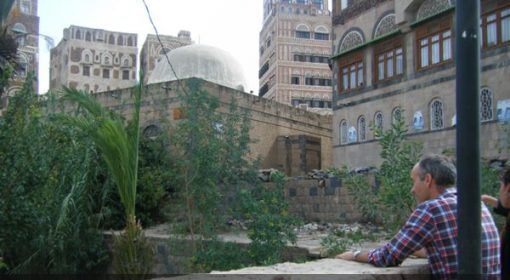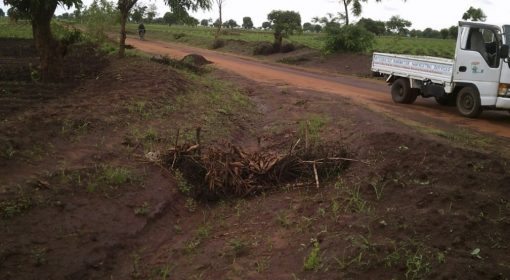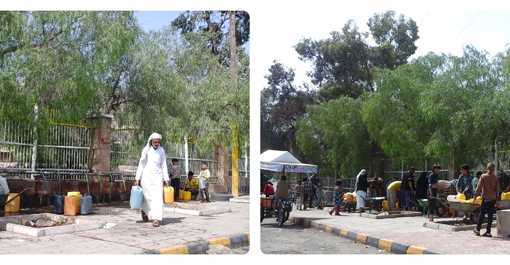Posted by Jihan Anwar
November 04, 2013
This stone-paved canal is called Al Saila and it runs along the Capital City of Sana’a, Yemen. The unique thing about the canal is that it is also used as a road when dry.


It was originally constructed by the Ottoman Turks when Yemen was under their colonization in the 19th century. It was then on the outskirts of the Sana’a city’s borders. With the city’s fast expansion over the years, Al Sailah would now be considered running along just a part of the city.
Al Sailah begins from the 60 meter road near the presidential palace, runs parallel to part of the Old Sana’a City, and continues till Al Hasaba. Plans are underway to expand the road-canal even further from both ends.
Originally made out of mud, dirt and bushes, Al Sailah used to absorb rain water up to a certain amount. However, floods soon became quite frequent, rendering the roads unviable for days at a time. It was eventually restored to its present state in 1995, when the mud walls were covered by bricks and bridges were added for people to be able to cross from one side of the serpentine road to the other.
Sana’a was built in a mountainous area. Moreover,a large part of the vegetation in the area was cut during its development. The lack of trees causes rainwater to rush off the mountains, and flood into Al Sailah.
One of the major problems in Yemen in general, and in Sana’a specifically, is the poor drainage system and inadequate water management. For the major part, rainwater is left to infiltrate deep into the soil without being utilised for domestic, industrial or agricultural purposes. Currently, farmers dig wells up to hundreds of meters deep and use pumps to recapture that very water from under the ground.
Though restructuring this public infrastructure brought with it some tangible advantages (containing some of the rainwater and keeping it from flooding adjoining streets) there are still some areas of improvement that should be addressed.
For example, using stones to construct the canal keeps rainwater from infiltrating through the soil. Consequently, the groundwater reserves in the area are not replenished. According to some residents of Old Sana’a, wells in the old city are now dry because of the restructuring of Al Sailah. The cultivation in al Maqshama, an old farm located in the middle of Old Sana’a, is now dry and residents attribute this to the modifications made in Al Sailah.
Furthermore the flooded canal causes several deaths and accidents in the capital as citizens try to enter the road, or to swim in it, even as water flows through it with increasing speed (the video below gives an idea as to how forceful the flow can be). The government currently uses verbal alarms to prohibit citizens from doing this, but there is clearly a need for a better system to close the road during floods.
For more documents, resources and stories about water in Yemen, go to www.yemenwater.org
{jcomments on}


